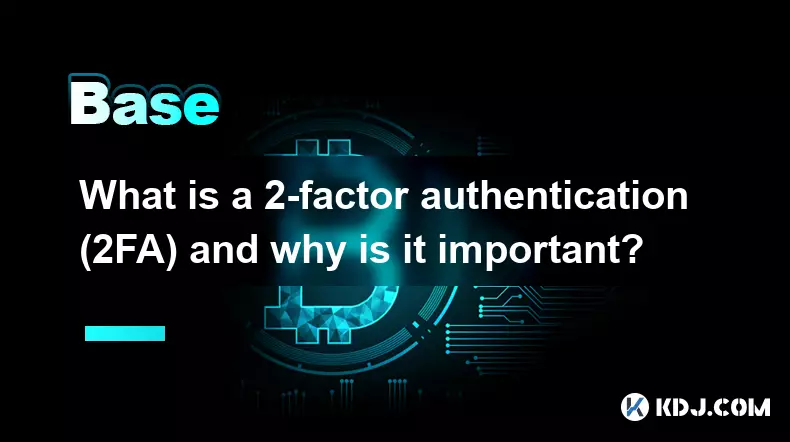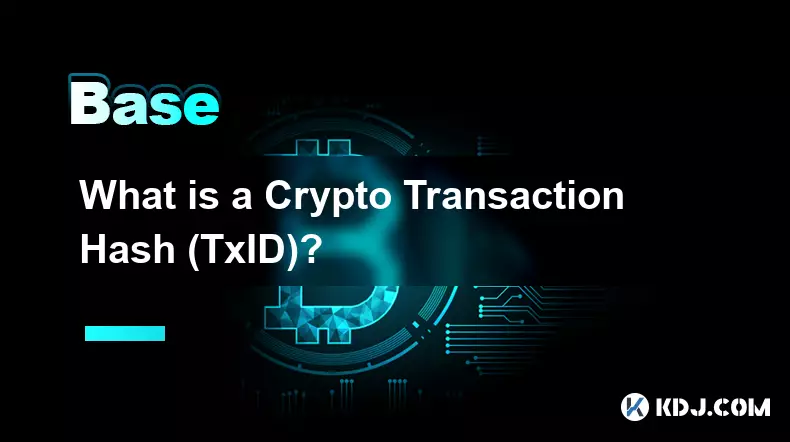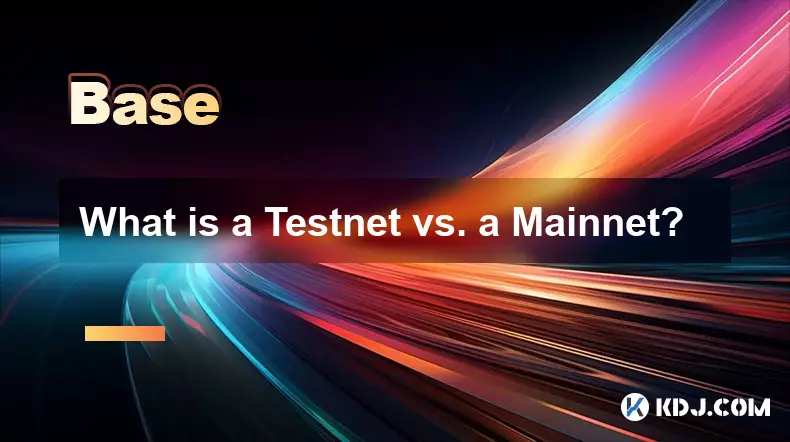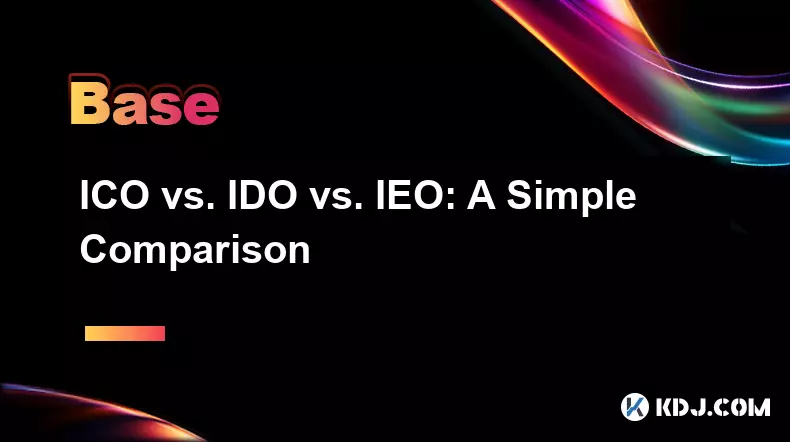-
 Bitcoin
Bitcoin $111100
0.71% -
 Ethereum
Ethereum $4298
0.48% -
 XRP
XRP $2.871
2.04% -
 Tether USDt
Tether USDt $0.0000
-0.03% -
 BNB
BNB $882.1
2.31% -
 Solana
Solana $206.1
2.72% -
 USDC
USDC $0.0000
0.03% -
 Dogecoin
Dogecoin $0.2271
5.03% -
 TRON
TRON $0.3306
5.37% -
 Cardano
Cardano $0.8324
1.53% -
 Hyperliquid
Hyperliquid $47.14
1.82% -
 Chainlink
Chainlink $22.37
0.43% -
 Ethena USDe
Ethena USDe $1.001
-0.02% -
 Sui
Sui $3.384
1.21% -
 Bitcoin Cash
Bitcoin Cash $603.7
1.48% -
 Stellar
Stellar $0.3596
0.61% -
 Avalanche
Avalanche $24.64
0.99% -
 Hedera
Hedera $0.2191
1.59% -
 Cronos
Cronos $0.2624
-1.85% -
 UNUS SED LEO
UNUS SED LEO $9.538
-0.40% -
 Litecoin
Litecoin $114.5
1.93% -
 Toncoin
Toncoin $3.093
0.82% -
 Shiba Inu
Shiba Inu $0.00001243
1.15% -
 Polkadot
Polkadot $3.986
4.13% -
 Uniswap
Uniswap $9.362
0.15% -
 World Liberty Financial
World Liberty Financial $0.2255
4.47% -
 Dai
Dai $0.9998
-0.01% -
 Ethena
Ethena $0.7402
0.63% -
 Monero
Monero $271.3
0.62% -
 Aave
Aave $300.7
0.53%
What is a 2-factor authentication (2FA) and why is it important?
2FA is essential in crypto to prevent unauthorized access, adding a critical security layer beyond passwords to protect digital assets from theft and phishing.
Sep 08, 2025 at 02:18 am

Understanding 2-Factor Authentication in the Crypto Space
2-Factor Authentication (2FA) is a security process that requires users to provide two different authentication factors to verify their identity before accessing an account. In the context of cryptocurrency exchanges and digital wallets, this method significantly reduces the risk of unauthorized access. The first factor is typically something the user knows, such as a password. The second factor is something the user possesses, like a one-time code generated by an authenticator app or sent via SMS.
With the increasing frequency of cyberattacks and phishing attempts targeting digital asset holders, relying solely on passwords is no longer sufficient. Hackers often obtain login credentials through data breaches or social engineering. 2FA adds an essential layer of defense, ensuring that even if a password is compromised, the attacker cannot gain access without the second factor.
Implementing 2FA is one of the most effective ways to protect cryptocurrency holdings from theft and unauthorized transactions.Types of 2FA Used in Cryptocurrency Platforms
Authenticator apps like Google Authenticator, Authy, and Microsoft Authenticator generate time-based one-time passwords (TOTP). These codes refresh every 30 seconds and must be entered during login.
SMS-based 2FA delivers a verification code to the user’s mobile phone. While convenient, this method is considered less secure due to the risk of SIM swapping attacks.
Hardware security keys, such as YubiKey, offer a high level of protection by requiring physical interaction during authentication. These devices are resistant to phishing and do not rely on network connectivity.
Email-based 2FA sends a confirmation link or code to the registered email address. This method is less secure than app-based or hardware options, especially if the email account lacks strong protection.
Biometric authentication, including fingerprint or facial recognition, is sometimes used as a second factor on mobile wallets and apps, combining convenience with enhanced security.
Why 2FA is Non-Negotiable for Crypto Users
Cryptocurrency transactions are irreversible. Once funds are sent to an unauthorized address, recovery is nearly impossible. 2FA helps prevent unauthorized transaction approvals.
Exchanges and wallets are prime targets for hackers due to the high value of digital assets stored within. A compromised account can lead to total loss of funds.
Phishing attacks frequently mimic legitimate platforms to steal login details. 2FA limits the damage, as stolen credentials alone are not enough to breach an account.
Many platforms now mandate 2FA for enabling withdrawal functions. This policy reflects industry standards and regulatory expectations for user protection.
Users who disable 2FA expose themselves to avoidable risks, especially when managing large portfolios or engaging in frequent trading.
Best Practices for Managing 2FA in Crypto
Use authenticator apps instead of SMS whenever possible. App-generated codes are not vulnerable to SIM hijacking.
Store backup codes in a secure, offline location. These are essential for account recovery if the primary 2FA device is lost.
Avoid using the same 2FA method across multiple high-value accounts. Diversifying authentication methods reduces systemic risk.
Regularly review active sessions and connected devices on exchange platforms to detect suspicious activity.
Enable 2FA on all associated accounts, including email, as access to email can be used to reset exchange passwords and bypass security.
Frequently Asked Questions
What should I do if I lose my 2FA device?Immediately use your backup codes to log in and set up a new 2FA method. Contact the platform’s support if you cannot access the account, but be prepared to verify your identity through additional steps.
Can 2FA be bypassed by sophisticated hackers?While no system is entirely foolproof, hardware keys and authenticator apps offer robust protection. Phishing-resistant methods like FIDO2 keys are especially effective against advanced attacks.
Is it safe to use the same authenticator app for multiple crypto accounts?Yes, using one app like Authy or Google Authenticator for multiple accounts is safe and common. Ensure the device running the app is secured with a strong passcode and encryption.
Do decentralized wallets require 2FA?Most non-custodial wallets do not use traditional 2FA since users control private keys. However, if the wallet interface includes a login (such as a web-based dashboard), 2FA may still apply to that access layer.
Disclaimer:info@kdj.com
The information provided is not trading advice. kdj.com does not assume any responsibility for any investments made based on the information provided in this article. Cryptocurrencies are highly volatile and it is highly recommended that you invest with caution after thorough research!
If you believe that the content used on this website infringes your copyright, please contact us immediately (info@kdj.com) and we will delete it promptly.
- Bitcoin Core, Censorship Resistance, and Open Letters: A New York Minute on the Crypto Tug-of-War
- 2025-09-08 08:25:11
- Solana Price Soars: ETF Catalyst and Retail Flow Ignite SOL Rally
- 2025-09-08 06:25:13
- Bitcoin, Ethereum, and Token Performance: Can They Outpace FAANG?
- 2025-09-08 07:05:12
- Bitcoin Cash Soars as Ethereum Stumbles: A Crypto Market Rollercoaster
- 2025-09-08 07:25:14
- Hedera Hashgraph: Bullish Potential Brewing Amid Consolidation?
- 2025-09-08 07:10:12
- Crypto Investors Eye Layer Brett: The 'New Pepe' with Real Utility?
- 2025-09-08 07:30:12
Related knowledge

What is a Crypto Transaction Hash (TxID)?
Sep 07,2025 at 01:18pm
Understanding the Role of a Crypto Transaction Hash1. A crypto transaction hash, often referred to as TxID, is a unique identifier generated when a tr...

What is On-Chain and Off-Chain Data?
Sep 07,2025 at 04:55pm
Understanding On-Chain Data1. On-chain data refers to all information that is recorded directly on a blockchain. Every transaction, smart contract exe...

What is a Testnet vs. a Mainnet?
Sep 08,2025 at 05:55am
Understanding the Core Differences Between Testnet and Mainnet1. A Testnet is a parallel blockchain network used exclusively for testing purposes. Dev...

How to do Your Own Research (DYOR) in Crypto?
Sep 08,2025 at 08:00am
Understanding the Foundations of Crypto Projects1. Every cryptocurrency project starts with a foundational whitepaper. This document outlines the tech...

How Do Play-to-Earn (P2E) Games Work?
Sep 07,2025 at 10:54am
Understanding the Core Mechanics of Play-to-Earn Games1. Play-to-Earn (P2E) games operate on blockchain technology, allowing players to earn cryptocur...

ICO vs. IDO vs. IEO: A Simple Comparison
Sep 07,2025 at 03:19pm
Understanding the Basics of Crypto Fundraising Models1. Initial Coin Offerings (ICOs) emerged as one of the earliest methods for blockchain projects t...

What is a Crypto Transaction Hash (TxID)?
Sep 07,2025 at 01:18pm
Understanding the Role of a Crypto Transaction Hash1. A crypto transaction hash, often referred to as TxID, is a unique identifier generated when a tr...

What is On-Chain and Off-Chain Data?
Sep 07,2025 at 04:55pm
Understanding On-Chain Data1. On-chain data refers to all information that is recorded directly on a blockchain. Every transaction, smart contract exe...

What is a Testnet vs. a Mainnet?
Sep 08,2025 at 05:55am
Understanding the Core Differences Between Testnet and Mainnet1. A Testnet is a parallel blockchain network used exclusively for testing purposes. Dev...

How to do Your Own Research (DYOR) in Crypto?
Sep 08,2025 at 08:00am
Understanding the Foundations of Crypto Projects1. Every cryptocurrency project starts with a foundational whitepaper. This document outlines the tech...

How Do Play-to-Earn (P2E) Games Work?
Sep 07,2025 at 10:54am
Understanding the Core Mechanics of Play-to-Earn Games1. Play-to-Earn (P2E) games operate on blockchain technology, allowing players to earn cryptocur...

ICO vs. IDO vs. IEO: A Simple Comparison
Sep 07,2025 at 03:19pm
Understanding the Basics of Crypto Fundraising Models1. Initial Coin Offerings (ICOs) emerged as one of the earliest methods for blockchain projects t...
See all articles

























































































